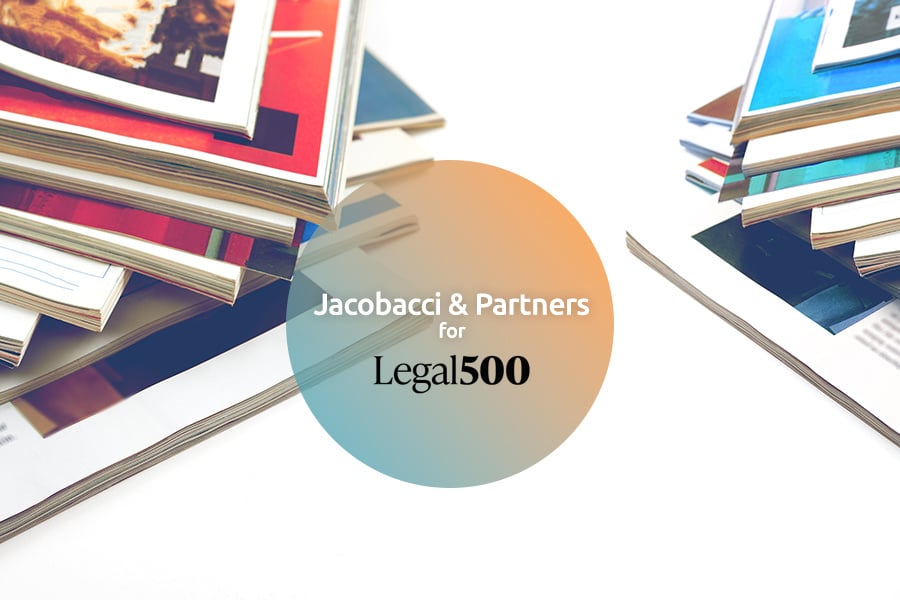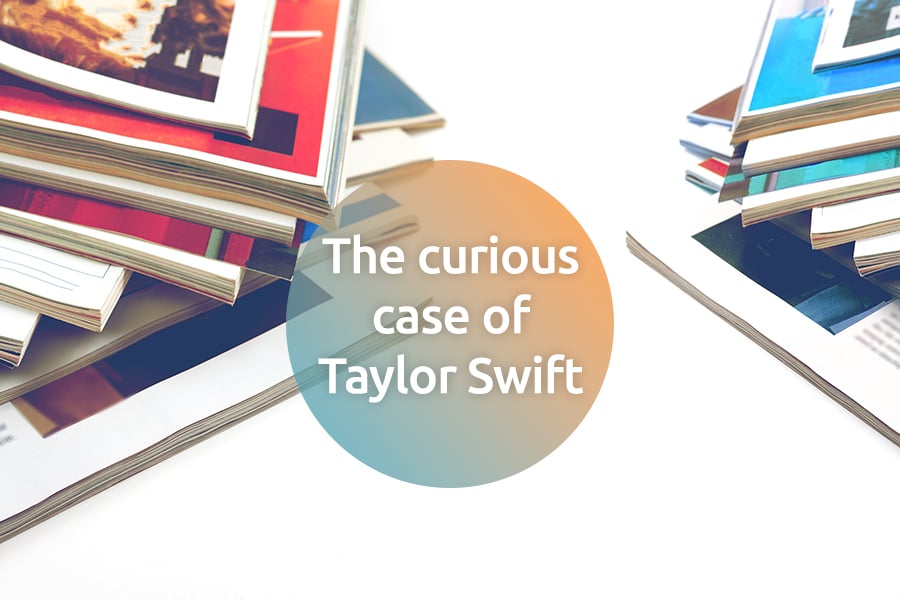In the dynamic world of trademarks and intellectual property, digital innovation is opening up new frontiers and increasingly bringing multimedia trademarks to the fore.
These, also exploiting digital tools such as QR codes and augmented reality, offer innovative ways to distinguish the origin of a company's products and services in the marketplace.
Multimedia trademarks can be particularly interesting for class 33, which includes 'alcoholic beverages', and the recent decision of the EUIPO Board of Appeal on the 'Super Simon' case confirms the possibility and importance of protecting multimedia content by registering it as a trademark, provided it meets the requirement of distinctiveness.
As of 30 October 2023, there were 69,118 trademarks registered in the EU Trademark Register in respect of Class 33, which includes 'wines' and more generally 'alcoholic beverages'. Most of this considerable number are word or figurative marks. The former are those consisting of words, verbal expressions, numbers or standard typographic characters; the latter type includes trademarks consisting of graphic elements only or of a combination of verbal and figurative elements.
EU Trademark Regulation No. 2017/1001 and Implementing Regulation No. 2018/626 provide, however, for the possibility of applying for registration of numerous other types of signs, such as those consisting of the shape of the product or its packaging, a colour or colour combination, as well as sounds, moving images or combinations of images and sounds.
The above list is in fact only illustrative: the rules limit themselves to establishing the essential requirements for signs, but do not contain any express exclusion of specific types of signs.
In particular, the rules provide that any sign may be registered as an EU trademark as long as it has the capacity to distinguish the origin of the goods and services of one undertaking from those of other undertakings and can be represented.
Until 2017, this representation could only be graphic. Although, as mentioned, there were no limits with respect to the type of signs that could be registered as trademarks, the requirement of graphic representation actually prevented the registration of many of them.
As of 1 January 2017, however, the requirement to submit a graphic representation of the sign when filing an application for EU trademarks was eliminated by Regulation No. 2017/1001.
This paved the way for any form of representation that, using available technology and in particular digital files, allows a sign to be reproduced "in a clear, precise, self-contained, easily accessible, intelligible, durable and objective manner" (Article 3(1) of EU Regulation 2018/626) to enable the public and the EUIPO to clearly and accurately determine the sign being registered.
Consequently, today, thanks to digital tools, it has become practically possible, for example, by providing an mp4 file, to register so-called multimedia trademarks, signs consisting of a combination of moving images and sound.
Currently, the number of multimedia trademarks in the EU Trademark Register is extremely small. In relation to class 33 alcoholic beverages, there are only 3 trademarks.
However, the use of this type of mark could be subject to significant development. In this regard, it should be noted how there is an increasingly consistent presence of videos on the web, especially in social networks, as well as how widespread is the habit, especially through smartphones, of watching and transmitting such videos, without considering their ability to strike the public's attention to the point of becoming viral.
Their viewing can certainly be connected to moments of entertainment and amusement; but the use of videos is increasingly part of marketing strategies that make them, when composed of distinctive elements and content, true indicators of the entrepreneurial origin of products, capable of identifying a company and making it distinguishable from others.
It should also be considered that, thanks to developments in technology, it is possible that the tool of videos, and consequently the need to protect them through the registration of multimedia trademarks, may become even more relevant in the world of wines.
In this respect, it should be noted that the evolution of digital packaging now allows interaction with the product label. This is possible, for example, through the scanning of QR codes on the label or bottle, which allow the opening of videos; but also, thanks to labels which, when scanned, become active and which, through augmented reality, become animated.
In relation to the latter, and in relation precisely to the wine sector, the case of the wine 19 Crime by the Australian company TWE is significant, whose label depicting the face of a convict, once scanned with a special app, develops three-dimensionally to allow the protagonist's face to be seen as he tells his story as a deportee in 19th century Australia. (https://www.youtube.com/watch?v=mm_0r9HMx54)-.
All this implies that it is already a reality that the multimedia brand, in addition to videos visible on television, available on the web and in social media, is present and affixed, thanks to technological development and augmented reality, on the product itself.
If, therefore, in the past it might have been difficult or unusual to think of a video as a possible tool to identify the entrepreneurial origin of a product, the digital evolution that has made its use more and more widespread, has also determined its increasingly incisive role in the consumer's experience, highlighting its ability to be recognised as a brand.
A case analysis
The above considerations formed the basis of a recent decision of the Board of Appeal of the EUIPO that was called upon to decide on the distinctiveness of a multimedia mark (decision of the Board of Appeal in case R 1490/2002-5 of 7 March 2023). The decision is the first issued by the EUIPO regarding this type of mark and the characteristics that such signs must have to satisfy the fundamental requirement of distinctiveness, i.e. the ability to distinguish the entrepreneurial origin of the product from that of products of other companies. The case, which was appealed before the Board of Appeal, concerned the refusal of the Operations Department of the EUIPO to register an application for a multimedia trademark filed inter alia for "Wine, including the following products: Luxembourg wines, Alsatian pinot noir and red wine" in class 33.
The trademark consisted of a 22-second animation film in which the main character, called 'Super Simon', left his job due to reaching the age limit and flew to the poolside to relax over a cocktail.
The trademark had been rejected by the Operations Department of the EUIPO as lacking distinctiveness. The EUIPO examiner had observed that the video, being a complex representation of various elements, could not be perceived by the consumer as a trademark, but rather as the representation of a story. The examiner had also observed that the video, unlike a television commercial, did not allow the consumer to identify the producer or provider of the promoted goods or services. Moreover, the content of the video and in particular its protagonist made no reference to the goods and services.
In examining the question, the Board of Appeal, after recalling the principles of the case-law of the Court of Justice on the assessment of distinctiveness, premised that the criteria for assessing the distinctiveness of a sign are the same for any category of trademark, even though the perception of the public may vary depending on the type of sign. He then recalled that the distinctive character of a trademark must be assessed considering the goods and services claimed and the perception of the relevant public. As regards the latter aspect, the Commission acknowledged that, since the trademark was filed for wines, the relevant public is the average EU consumer with a normal level of attention. With regard more specifically to the multimedia mark, the Commission noted that the increasing use in marketing strategies of signs consisting of images and sounds meant that they were perceived as possible indicators of the commercial origin of the goods. It further indicated that this perception, contrary to the examiner's assertion, was not influenced by the complexity of the representation contained in the video. On the contrary, complexity would be inherent in the nature of the multimedia mark which, by definition, is a sign consisting of a variety of sound, figurative and verbal elements. The Board also indicated that it did not share the examiner's concerns regarding the lack of references to goods in the video or the lack of connection to a specific entrepreneur.
In this regard, it pointed out that it is not necessary for a trademark to contain precise information on the identity of the undertaking of origin. What is relevant for the recognition of the distinctiveness of a sign is that it allows the consumer to distinguish the products of a company from those of a different commercial origin. With respect to the reference to the characteristics of a television commercial, the Commission, without excluding that a commercial may qualify for registration as a multimedia mark, pointed out that the mere fact that the latter consists of a video does not in itself make it comparable to a television advertisement.
Multimedia trademark and spot trademark have in fact two different purposes: the first has the function of identifying the different entrepreneurial origin of the goods and services; the second aims to describe and make known the specific characteristics of the goods and services in order to promote their sale. In this regard, the Commission pointed out that the distinctive character of the multimedia mark, like that of any other type of mark, lies precisely in the fact that it does not provide, at least not exclusively, indications and information on the characteristics of the goods.
In light of these observations, and reaffirming that no additional requirements to those laid down for other types of trademarks must be applied when assessing the distinctive character of multimedia trademarks, the Commission recognised that the character 'Super Simon', the heart of the video, was distinctive in relation to the goods for which the trademark application had been filed.
Consequently, annulling the decision issued by the Operations Department of the EUIPO, the Board of Appeal allowed the multimedia mark 'Super Simon' to be registered.
The importance of the multimedia mark
As is well known, and as also recognised in the above decision, the increasing use of social media and smartphones have made the viewing of videos consistent and usual. The public's familiarity with their viewing and their widespread use, also as a marketing tool, have already allowed them to be perceived as corporate trademarks.
The development of technology, and of digital packaging, will allow such videos to establish themselves even more as a tool available to companies to distinguish and differentiate themselves.
In addition, thanks to the possibility of being affixed to the products themselves, videos will become even more strongly signs capable of identifying the entrepreneurial origin of a product.
The multimedia trademark is the essential tool to protect these videos, insofar as they possess distinctiveness, whether they are on a site, in a social media or are animated labels. As reiterated by the Board of Appeal, the requirements for a video to be registered as a trademark are the same as for any other type of sign.
Considering the above, it therefore becomes essential for a wine company to verify whether the videos used to promote its company and its wines - from those uploaded to its website, social media channels or activated by scanning labels - have in themselves the characteristics to identify the entrepreneurial origin of the products and, if so, to proceed with their registration as multimedia trademarks.





